
ECOSYSTEMS
18-01-2024 by Leni Frau
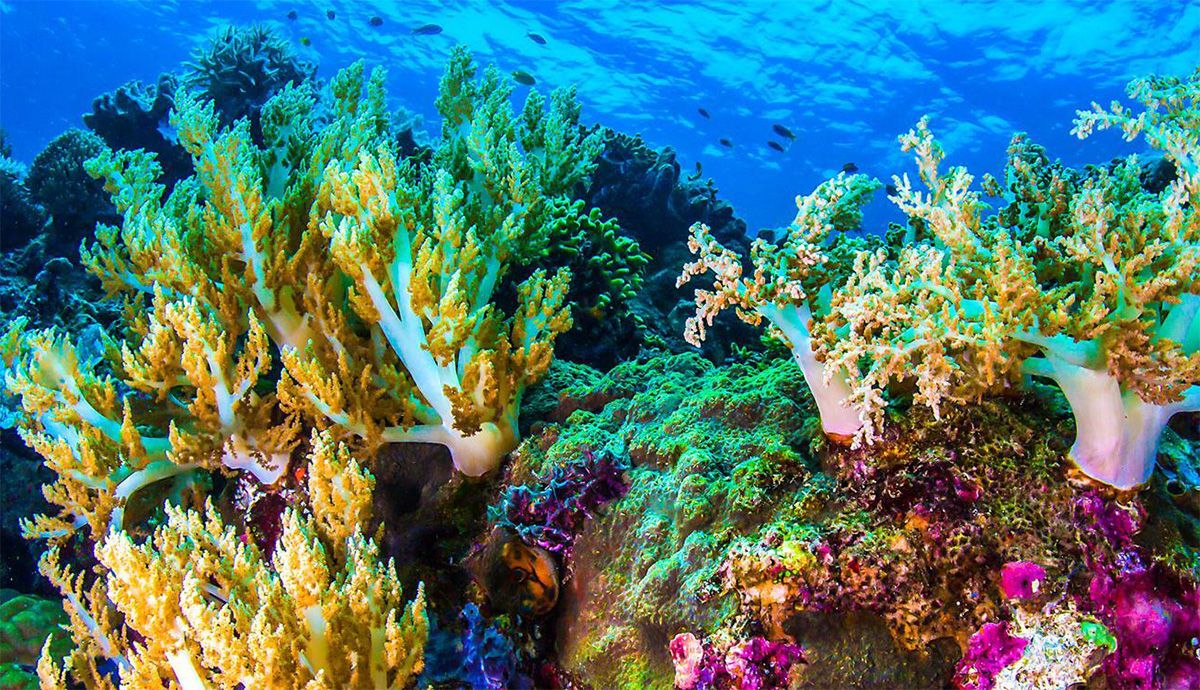
The Kenyan Indian Ocean is once again becoming an attraction thanks to younger tourists who know how to appreciate its beauties, even hidden ones, and the variety of possibilities to enjoy it.
Unlike 'beach' and sunbathing tourists, who even prefer to spend most of their time by the pool, young people and international travellers have this year, in destinations such as Watamu and Diani, decreed a return to underwater activities, such as snorkelling, as well as the sport of kitesurfing, in addition to more contemplative excursions in search of dolphins and the passage of large cetaceans.
The great lure of the ocean and the variety of fish and organisms that populate its reefs has also given a boost to the marine conservation associations that operate along the coastline.
As the Conservation Education Society of Kenya reports, what excites most about scuba diving is the variety of fish attracted to coral reefs, the explosion of colours and life beneath the waves.
"Even more fascinating is learning to identify fish in a healthy reef populated by hundreds of fish! Fish of all sizes, shapes and colours, as well as differently coloured corals - we bet this is what attracts snorkelers and divers from different parts of the world to Kenya's coastal regions. Kenya is home to some of the most fascinating coral reefs and its economy benefits from both reef fishing and reef-related tourism! Most international tourists who come to the coast for snorkelling and diving come to enjoy this beautiful ecosystem: the coral reefs.
It is not only this: artisanal fishing in coral reefs, seagrass beds and associated environments accounts for more than 95 per cent of the total catch of marine fish, which means an important source of protein and livelihood for coastal communities.
In particular, CESK recalls, the southern part of Kenya's coastal region is one of the most popular tourist destinations. Kenya is home to 250 species of coral reefs, with Shimoni and Kisite, located in the south, having the highest coral diversity. These reefs are found at different depths, from less than 1m at low tide to over 20m.
"Worldwide, however, coral reefs continue to be at risk due to a multitude of stressors! In Kenya, the most severe case of coral mortality ever recorded was in 1998. Kenya's coral reefs suffered 50-80% mortality due to the El Nino-related coral bleaching event that affected the entire Indian Ocean. Rising sea surface temperatures linked to global climate change have continued to trigger bleaching episodes that cause coral bleaching and death, followed by a reduction in marine life associated with the reef. Overfishing only exacerbates the problem in the region. Destructive fishing practices, the rapid expansion of coastal populations and the resulting increase in domestic sewage loads, plastic pollution, agricultural discharges and industrial effluents into the marine environment pose a significant threat to coral reefs and their inhabitants in the entire Western Indian Ocean region."
What would happen if the coral reefs disappeared completely? Scientists in the WIO region have warned of the loss of many benefits associated with coral reefs in the event of coral depletion. A massive decline of healthy coral reefs off the Kenyan coast poses a danger to the marine ecosystem and the maritime sector. There is a danger of reduced tourism, loss of coastal protection, which can lead to property damage and erosion. Some experts predict hunger, poverty and political instability due to the disappearance of many people's livelihoods. Once the corals die, the reefs will also die and erode, and the subsequent rock formation will not be able to support significant marine life. Local fishermen in Kenya have reported a decline in catches over the years. Since the mid-1980s, scientists have recorded a fourfold decline in reef catch rates and a decrease in species diversity. As a result, local fishermen have continued to suffer from high levels of poverty.
Although the Kenyan government has taken measures to promote better fishing practices that are less harmful to coral reefs, the implementation of these policies has been a challenge and further management measures need to be put in place. However, all is not lost, as efforts by various stakeholders are still ongoing throughout the region. Many coral reef conservation efforts have focused on understanding and preventing mass coral mortality. Studies have also shown that marine parks in Kenya are effective in protecting coral reef communities, with increased hard coral cover and fish diversity. South Africa is one of the countries in the WIO region that has protected its coral reefs and has urged countries in the region to do the same by expanding marine protected areas.
Fortunately, in recent years, coral reef conservation and restoration programmes have also taken hold in Kenya. The country has become second only to the Seychelles in the Indian Ocean region in terms of coral rehabilitation to stimulate natural regeneration and recovery and to restore habitat complexity. These projects are currently being expanded to other degraded reef sites throughout the region. Several projects working with fishing communities to rebuild these reefs along the coast have recorded an increase in fish populations within a year of the start of the project, as well as reporting the spread of species into unprotected areas, benefiting many more people.
ENVIRONMENT
by Leni Frau
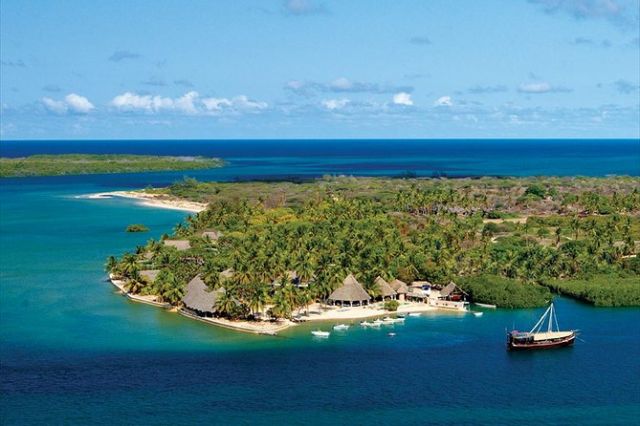
A group of women are reviving the coral reef around the island of Wasini, south of...
ENVIRONMENT
by redazione

On Saturday January 4th for the first time in Malindi all diving, snorkeling and Indian Ocean lovers are invited to ...

Twelve km north of Malindi, after the bridge at the mouth of Sabaki river, there is Mambrui village.
With its majority of muslim people, Mambrui is a village of fishermen developed on the large beach joining the left shore of...
PLACES
by redazione
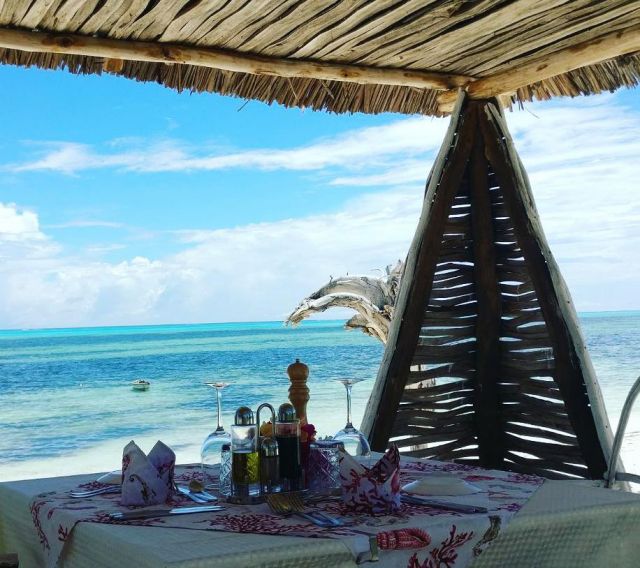
In advance of the arrival of the high season and coinciding with the International Week of ...
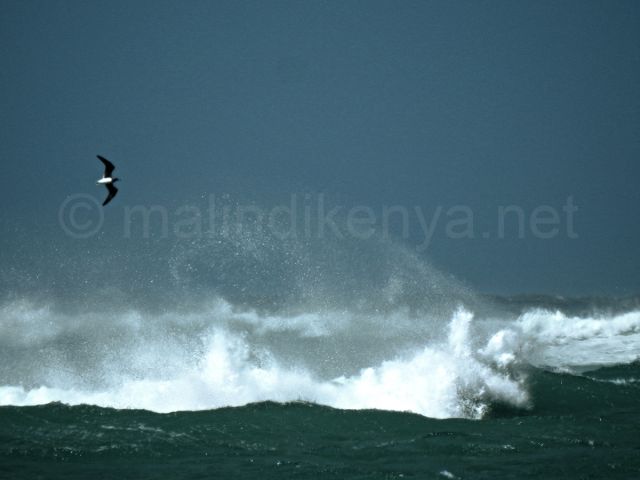
As warned by Kenya's meteorological service, the already strong and unrelenting July winds have...
REMEMBRANCE
by Freddie del Curatolo

PLACES
by redazione

When the full moon appears over the Indian Ocean, there are few places on the Kenyan coast...
PLACES
by redazione
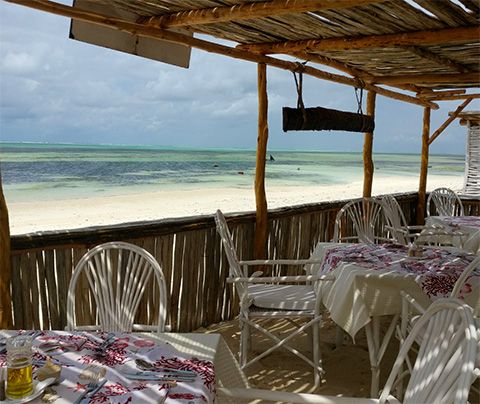
A special day like the one of Ferragosto can be experienced in the fantastic setting of Mayungu Bay, in front of the coral reef atolls that are the destination of all tourists who love the Indian Ocean and the sea...
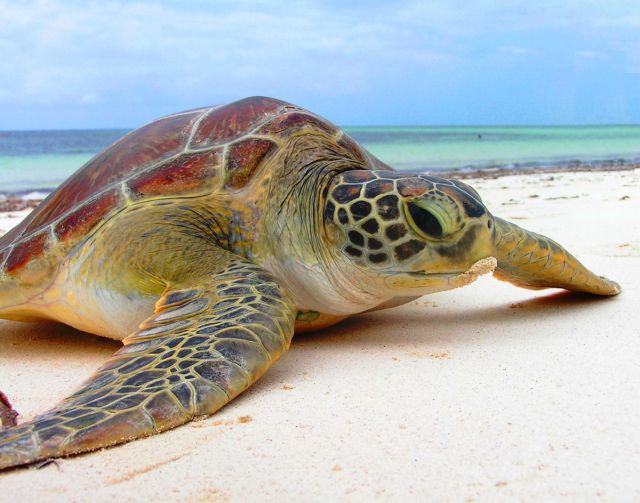
It has been a long time since the Kenya Wildlife Service in Watamu has been forced to arrest a sea turtle...
ENVIRONMENT
by Leni Frau
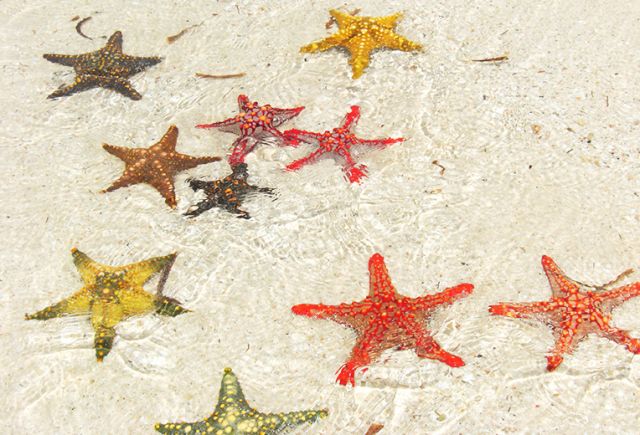
With all the problems caused by the lack of tourism in Kenya over the past year, due to the...